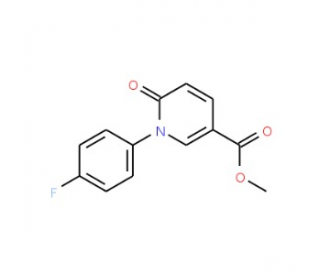详细说明
- Purity>95%, by SDS-PAGE with silver staining
- Endotoxin Level<0.10 EU per 1 μg of the protein by the LAL method.
- ActivityMeasured by its ability to inhibit CD40 Ligand-induced proliferation of mouse B cells. The ED 50 for this effect is 0.1-0.6 μg/mL.
- SourceMouse myeloma cell line, NS0-derived
Rat CD40
(Val24-Arg193)
Accession # Q4QQW2IEGRMDP Mouse IgG2A
(Glu98-Lys330)N-terminus C-terminus - Accession #
- N-terminal Sequence
AnalysisVal24 - Structure / FormDisulfide-linked homodimer
- Predicted Molecular Mass46 kDa (monomer)
- SDS-PAGE57-63 kDa, reducing conditions
| 8229-CD | | |
| Formulation Lyophilized from a 0.2 μm filtered solution in PBS and Trehalose. | ||
| Reconstitution Reconstitute at 200 μg/mL in sterile PBS. | ||
| Shipping The product is shipped at ambient temperature. Upon receipt, store it immediately at the temperature recommended below. | ||
| Stability & Storage: Use a manual defrost freezer and avoid repeated freeze-thaw cycles.
|
CD40, also known as TNFRSF5, is an approximately 32-35 kDa type I transmembrane glycoprotein member of the TNF receptor superfamily. The extracellular domain of rat CD40 shares 81% and 56% aa sequence identity with mouse and human CD40, respectively. Multiple rat CD40 splice variants have been reported including soluble isoforms. CD40 is expressed on the surface of B cells, dendritic cells, macrophages, monocytes and platelets, as well as endothelial and epithelial cells (1, 2). Interaction of CD40 with its ligand, CD40 Ligand, leads to the aggregation of CD40 molecules resulting in the initiation of intracellular signaling in both CD40 and CD40 Ligand expressing cells (3). CD40 ligation by CD40 Ligand promotes B cell activation and T cell-dependent humoral responses (4, 5). CD40 serves multiple functions in both hematopoietic and epithelial cancers and is a target for tumor immunotherapy (6, 7). Dysregulation of CD40/CD40 Ligand expression and interactions contributes to the immune deficiency associated with HIV infection and AIDS (8, 9). It is also implicated in the pathology of multiple cardiovascular diseases including atherosclerosis, atherothrombosis, and restenosis (10, 11).
- References:
- van Kooten, C. and J. Banchereau (1997) Curr. Opin. Immunol. 9:330.
- Schonbeck, U. et al. (1997) J. Biol. Chem. 272:19569.
- Eissner, G. et al. (2004) Cytokine Growth Factor Rev. 15:353.
- Rickert, R.C. et al. (2011) Immunol. Rev. 244:115.
- Elgueta, R. et al. (2009) Immunol. Rev. 229:152.
- Loskog, A.S. and A.G. Eliopoulos (2009) Semin. Immunol. 21:301.
- Hangalapura, B.N. et al. (2012) J. Gene Med. 14:416.
- Kornbluth, R.S. (2000) J. Leukoc. Biol. 68:373.
- Chougnet, C. (2003) J. Leukoc. Biol. 74:702.
- Pamukcu, B. et al. (2011) Ann. Med. 43:331.
- Hassan, G.S. et al. (2012) Immunobiology 217:521.
- Entrez Gene IDs:958 (Human); 21939 (Mouse); 171369 (Rat); 102118696 (Cynomolgus Monkey)
- Alternate Names:B cell surface antigen CD40; B-cell surface antigen CD40; Bp50B cell-associated molecule; CD40 antigen; CD40 molecule, TNF receptor superfamily member 5; CD40 type II isoform; CD40; CD40L receptor; CDw40; MGC9013; nerve growth factor receptor-related B-lymphocyte activation molecule; p50; TNFRSF5; TNFRSF5CD40 antigen (TNF receptor superfamily member 5); tumor necrosis factor receptor superfamily member 5; tumor necrosis factor receptor superfamily, member 5












